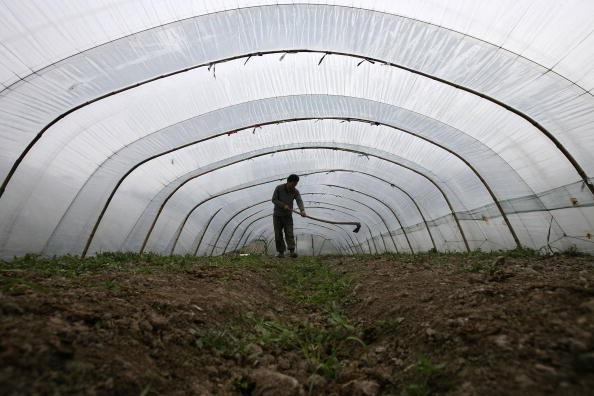China's first policy statement of 2017 targets key reforms in the country's agricultural sector such as green production and branded farm products, to increase incomes in the rural areas while satisfying the demands of the expanding Chinese middle class.
Key to bringing moderate prosperity to the rural areas by 2020 is the introduction of supply-side structural changes, which both the Communist Party of China's Central Committee and the State Council have convened on for this year's first policy statement, Xinhua reported.
Otherwise known as the "No. 1 Central Document," the yearly policy statement is always devoted to concerns regarding rural areas, specifically agriculture. This year's version calls for increasing efficiency in agricultural production, employing green approaches to supplement farmers' incomes.
Reuters reported that modernizing the agricultural sector is central to this year's policy statement, as China aims to increase outputs to satisfy demand for value-added products such as meat, poultry, and milk in urban regions, apart from just basic grains.
But Tang Renjian, the Communist Party of China's deputy head for the rural policy group, said that market-oriented reforms would only take off if the problem of decreasing farmers' income is resolved, largely through the creation of new demand channels that would help convert excessive grain stocks to revenue.
With import competition serving as a bane to local producers struggling to match production costs, the policy statement focuses on the need to aid with promoting local specialties, organic products, and innovation facilities that aim to improve rural production quality.
Nonetheless, the policy statement does not mandate the reduction of grain supplies, but instead reorganize them well as outputs good enough it to fulfill constant demand for safe and high-quality food, alongside stringent quality control measures.
As for funding, the agricultural sector would not be short of options coming from the Chinese government: apart from stronger fiscal support and more accessible loans, investments will be encouraged through special funds, subsidies, and public-private partnerships.



























